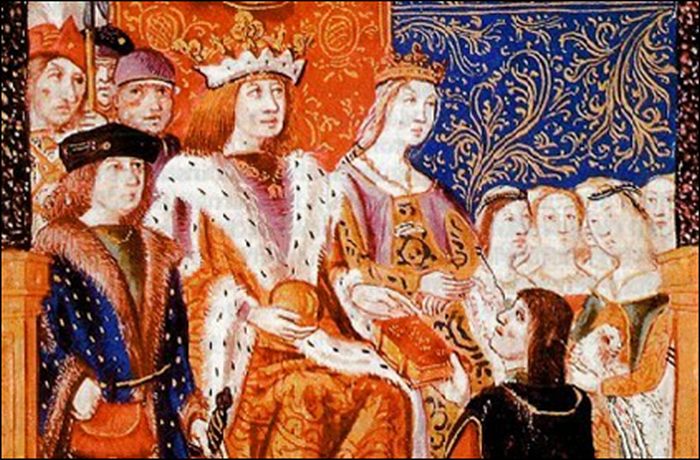 | ||
Similar Cancionero de Palacio, Llibre Vermell de Montserrat, Cantigas de Santa Maria, Cancionero de Baena, Cancioneiro da Biblioteca | ||
Riu riu chiu cancionero de upsala
The Cancionero de Upsala [sic], also known by the titles Cancionero del Duque de Calabria and Cancionero de Venecia, is a volume of mostly anonymous Spanish music printed in Venice in 1556. Its actual title is Villancicos de diuersos Autores, a dos, y a tres, y a quatro, y ya a cinco bozes...Venetiis, Apud Hieronymum Scotum, MDLVI. It survives in a unique copy at the Uppsala University Library and was edited in 1909 by Rafael Mitjana; the subsequent literature has mostly adopted his spelling "Upsala" ("Upsala" being the historic Swedish spelling of "Uppsala" until the major spelling reform of 1906). A facsimile was published by Alamire (Peer, Belgium 1984).
Contents
Riu riu chiu cancionero de upsala
Contents
It is famous chiefly for the following carols or villancicos de Navidad:
VILLANCICOS DE NAVIDAD a 4 bozes
VILLANCICOS DE NAVIDAD a 3 bozes
